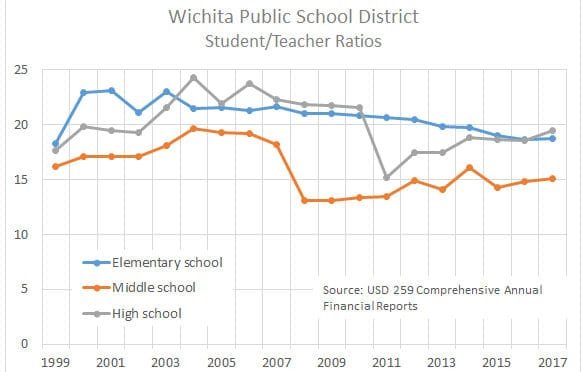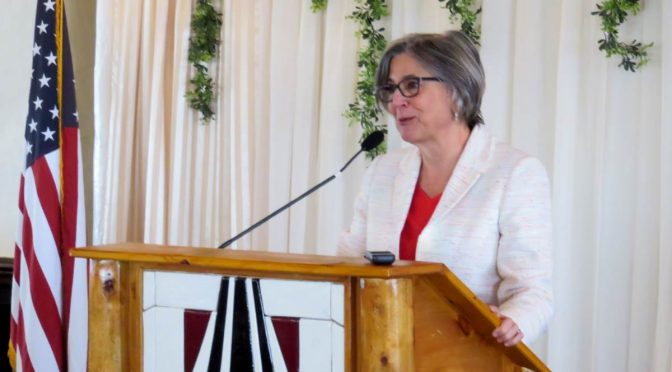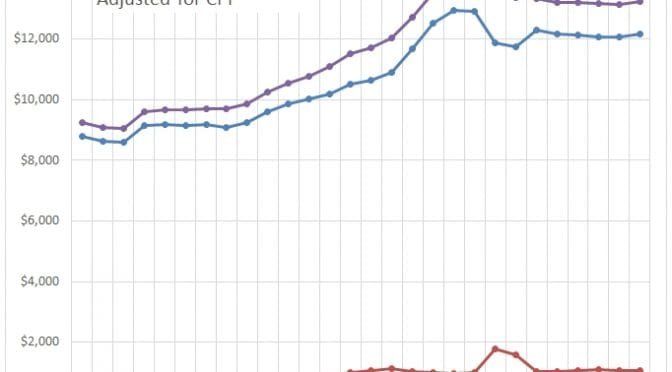He didn’t participate
Wichita Eagle Opinion Line, November 24, 2017: “The kindest word that can be ascribed to State Senator Susan Wagle, when she criticizes the Kansas Supreme Court? Disingenuous. She never mentions Brownback appointee, Justice Caleb Stegall; he has repeatedly agreed with his colleagues on school finance.”
The likely reason Senator Wagle doesn’t mention Justice Stegall when criticizing the Court on school finance matters is that he, along with another judge, hasn’t participated. The recent opinions are signed “BEIER and STEGALL, JJ., not participating. MICHAEL J. MALONE and DAVID L. STUTZMAN, Senior Judges, assigned.” Why? “Justices Carol Beier and Caleb Stegall have both recused themselves from the Gannon case — Stegall because he served as Brownback’s chief counsel before he was appointed to the Kansas Court of Appeals in 2014; Beier did not provide a reason for her recusal.” See Kansas Supreme Court rejects lawmakers’ school finance changes, threatens in new ruling to close schools.
Quality of life, or a boatload of cash
Ron Sylvester in The Hutchinson News: “It’s all about quality of life. [Wichita Mayor Jeff] Longwell said Wichita drew Cargill and its $60 million investment downtown by investing in its arts community, parks, trails and a new library. Businesses move to town, not because of tax breaks and cash incentives, Longwell said, but because the people who work for those companies want to live there.”
First, Wichita didn’t draw Cargill downtown. It was already located in downtown Wichita. Wichita merely retained Cargill. No new jobs are anticipated.
As to the role of quality of life: Possibly that was a factor. More likely? The millions in subsidy Cargill will receive. Cargill tapped pretty much every economic development incentive program it could, along with a few innovative additions, such as renting its parking garage to the city during the times Cargill doesn’t need it.vSee More Cargill incentives from Wichita detailed.
Let’s ask the mayor this question: If tax breaks and cash incentives were not needed, why did the city (and the state) award so much in incentives?
Who oversaw Wichita schools when this happened?
Teachers ‘fearful’ about escalating violence at Southeast High (Wichita Eagle, December 1, 2017): Some employees at Southeast High School in Wichita say they have ‘grave concerns’ about escalating violence and unruly behavior at the school, and they’re urging leaders to take ‘decisive and strong actions’ to combat it.” This continues a theme from this summer, as further reported in Behavior is getting worse in Wichita classrooms, data shows. (Wichita Eagle, June 16, 2017): “Discipline problems have increased substantially in Wichita schools over the past four years, particularly among the district’s youngest students, according to data obtained by The Eagle. The situation is frustrating teachers, prompting some of them to leave the profession, and has inspired a new program aimed at teaching elementary school students how to pay attention, follow directions and control their emotions.”
I was surprised to learn of these problems that have been developing in the Wichita Public Schools. That’s because John Allison, the immediate past superintendent, was universally praised by the school board and district administration. Allison left at the end of June after serving eight years to become superintendent in Olathe. Hopefully that district will not experience the erosion in discipline that Allison presided over in Wichita.
Amtrak affordable for whom?
Wichita Eagle Opinion Line, December 3, 2017: “How I long for affordable rail service connecting Wichita to major cities. Traveling to family for the holiday reminds me of how sad it is to live in such a remote, isolated, inaccessible place as Wichita.” Inaccessible? We were told that subsidies to discount airlines and a new airport terminal would fix that. Then, the only reason Amtrak is affordable is that taxpayers pay a lot to keep Amtrak running. (That’s if Amtrak prices are really affordable. I just compared a few Amtrak trips with airline trips, and airfares aren’t much more, and offer many more options as to time. And if you value your time, there is no better way to waste it than on a train.) Other forms of travel receive subsidy too, but peanuts compared to Amtrak. From Randal O’Toole, Stopping the Runaway Train: The Case for Privatizing Amtrak:
According to the U.S. Bureau of Transportation Statistics, after adjusting for inflation to 2011 dollars, subsidies to domestic air travel averaged about $14 billion a year between 1995 and 2007. Considering that the airlines carried an average of more than 500 billion passenger miles a year during those years, average subsidies work out to about 2.8 cents per passenger mile (see Figure 2).
Using Bureau of Transportation Statistics’ numbers, highway subsidies over the same time period averaged about $48 billion a year. Highways carried about 4.1 trillion passenger miles per year, for an average subsidy of 1.1 cents per passenger mile. While 95 percent of the airline subsidies came from the federal government, all of the highway subsidies came from state and local governments.
By comparison, federal Amtrak subsidies over the same time period averaged 25 cents per passenger mile. State subsidies averaged another 2.8 cents. Per-passenger-mile subsidies to Amtrak were nearly 9 times subsidies to air travel and nearly 22 times subsidies to highway travel.


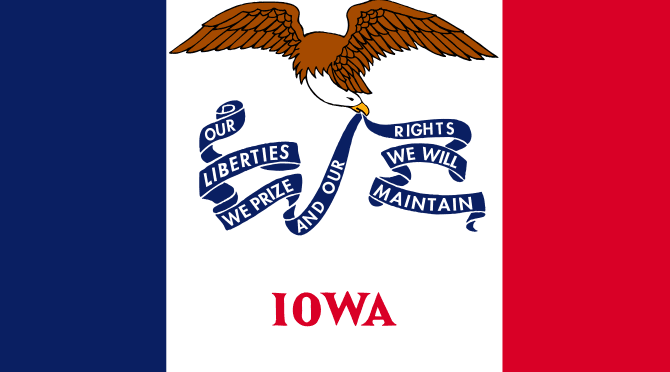

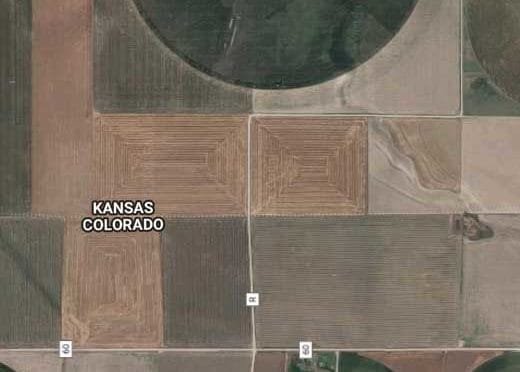


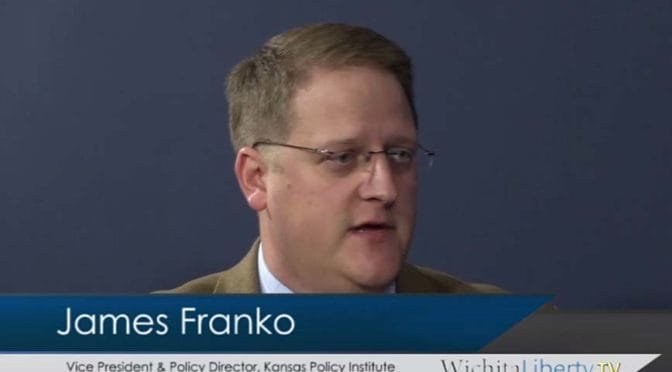
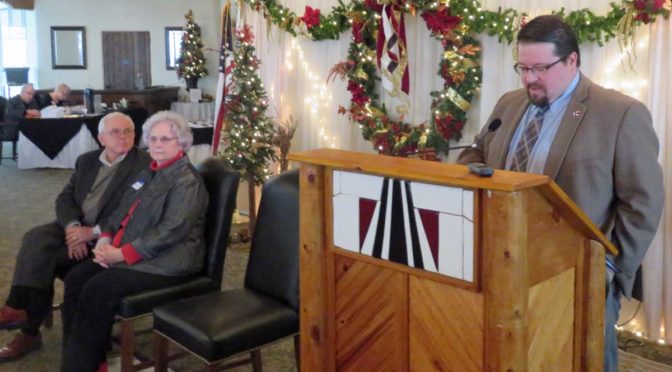
 From the
From the 
